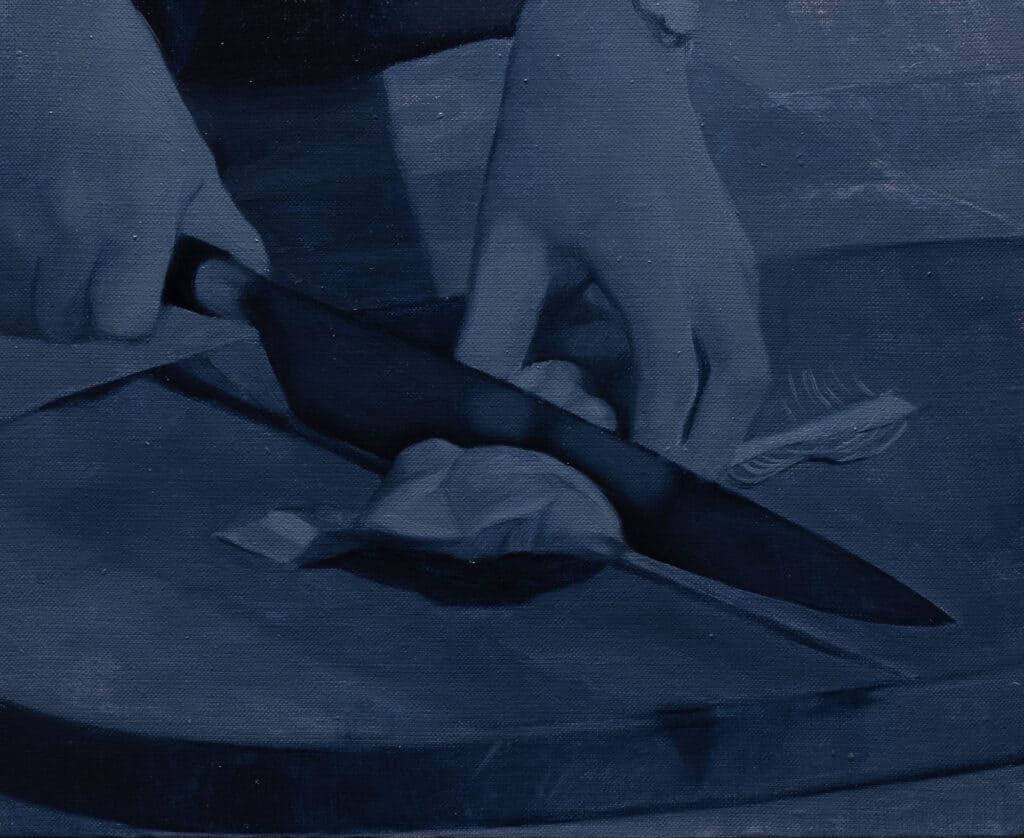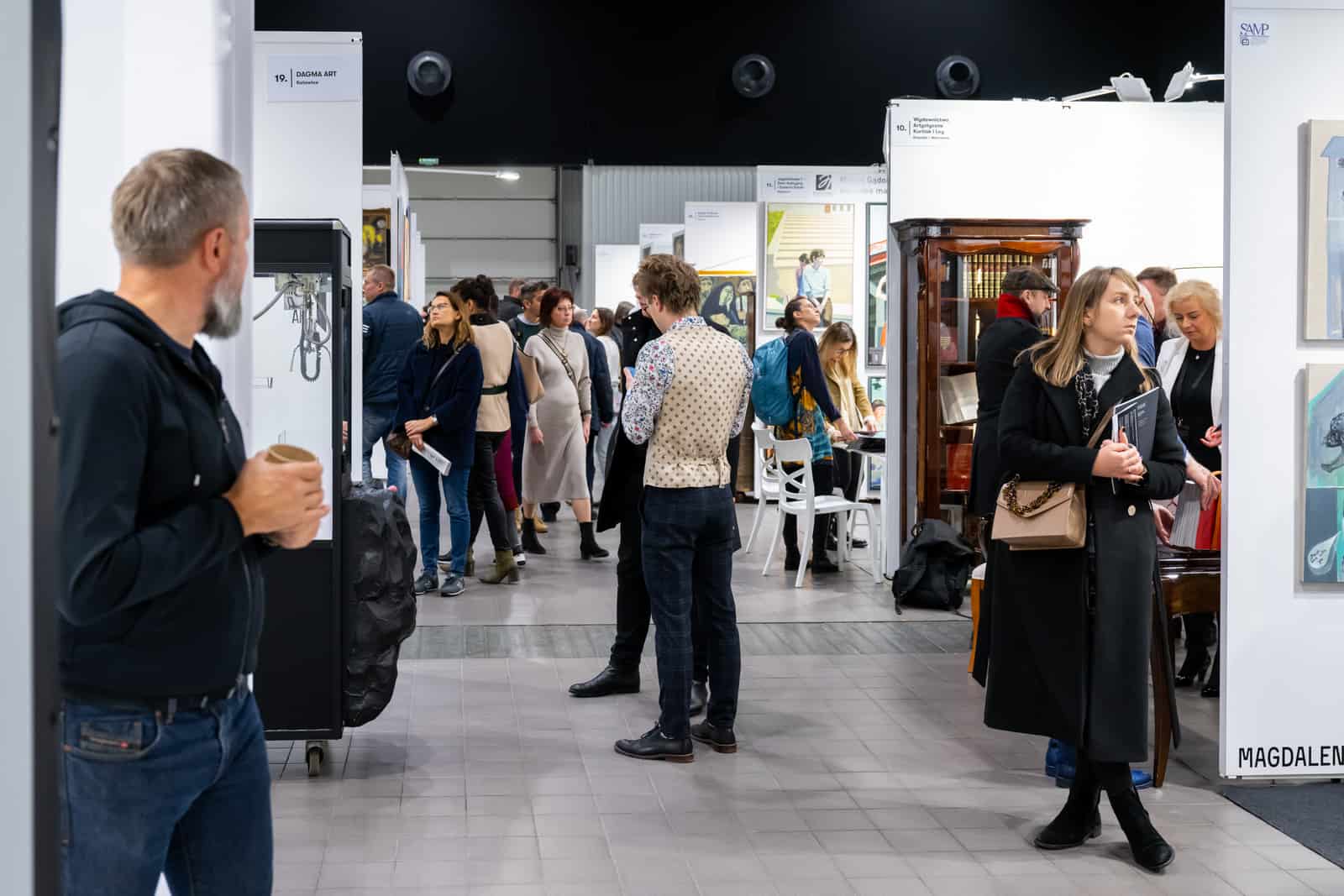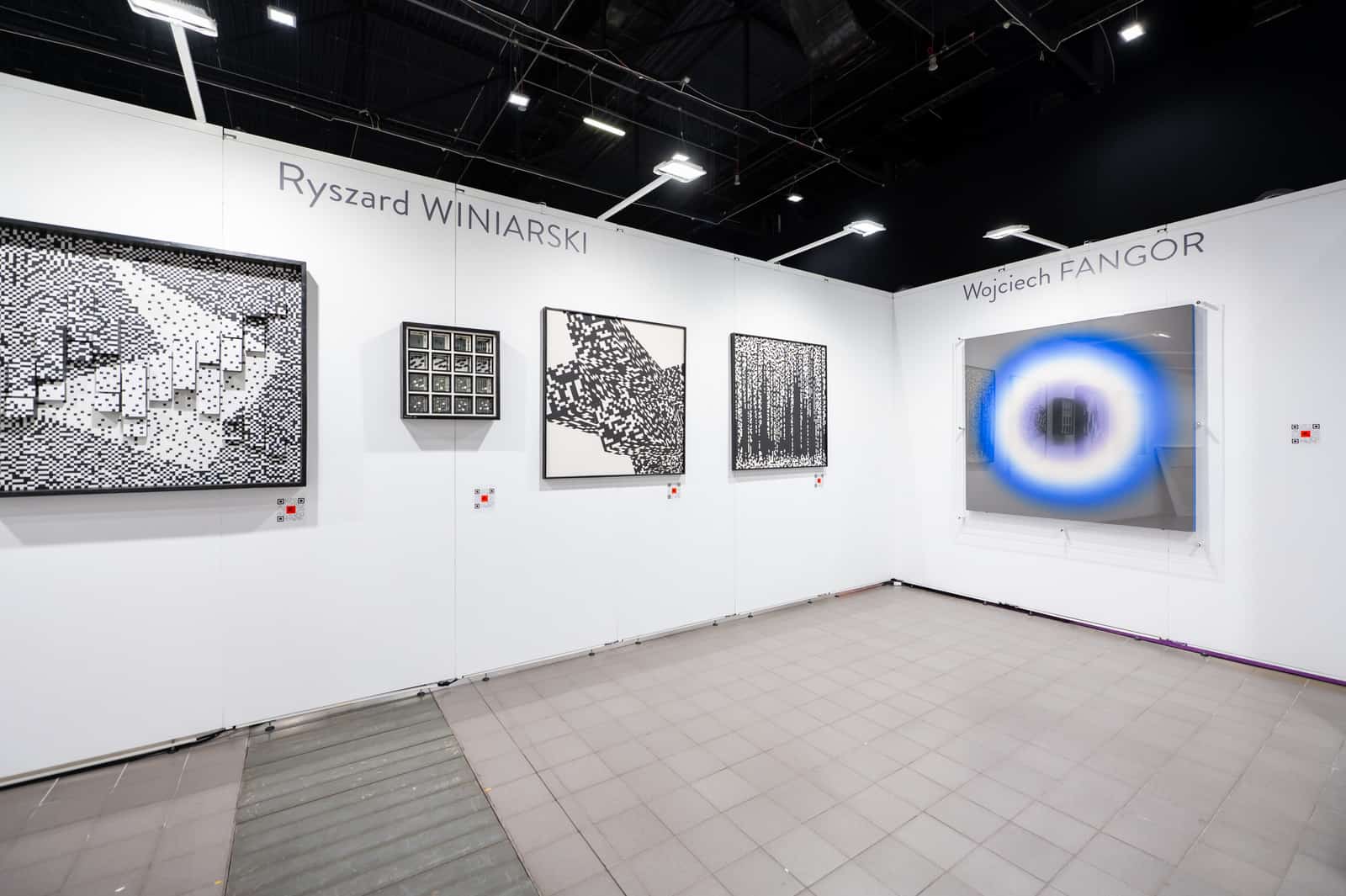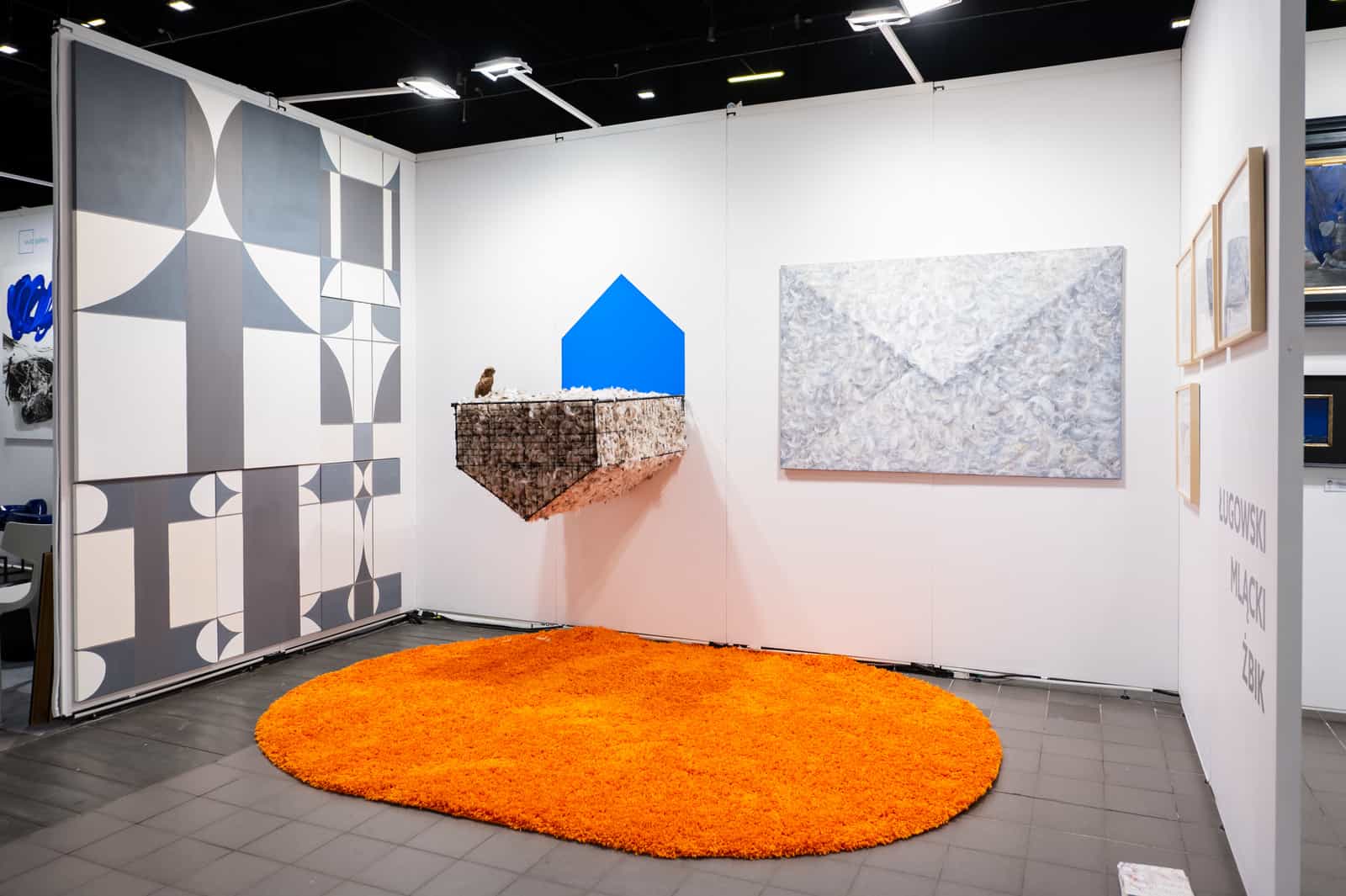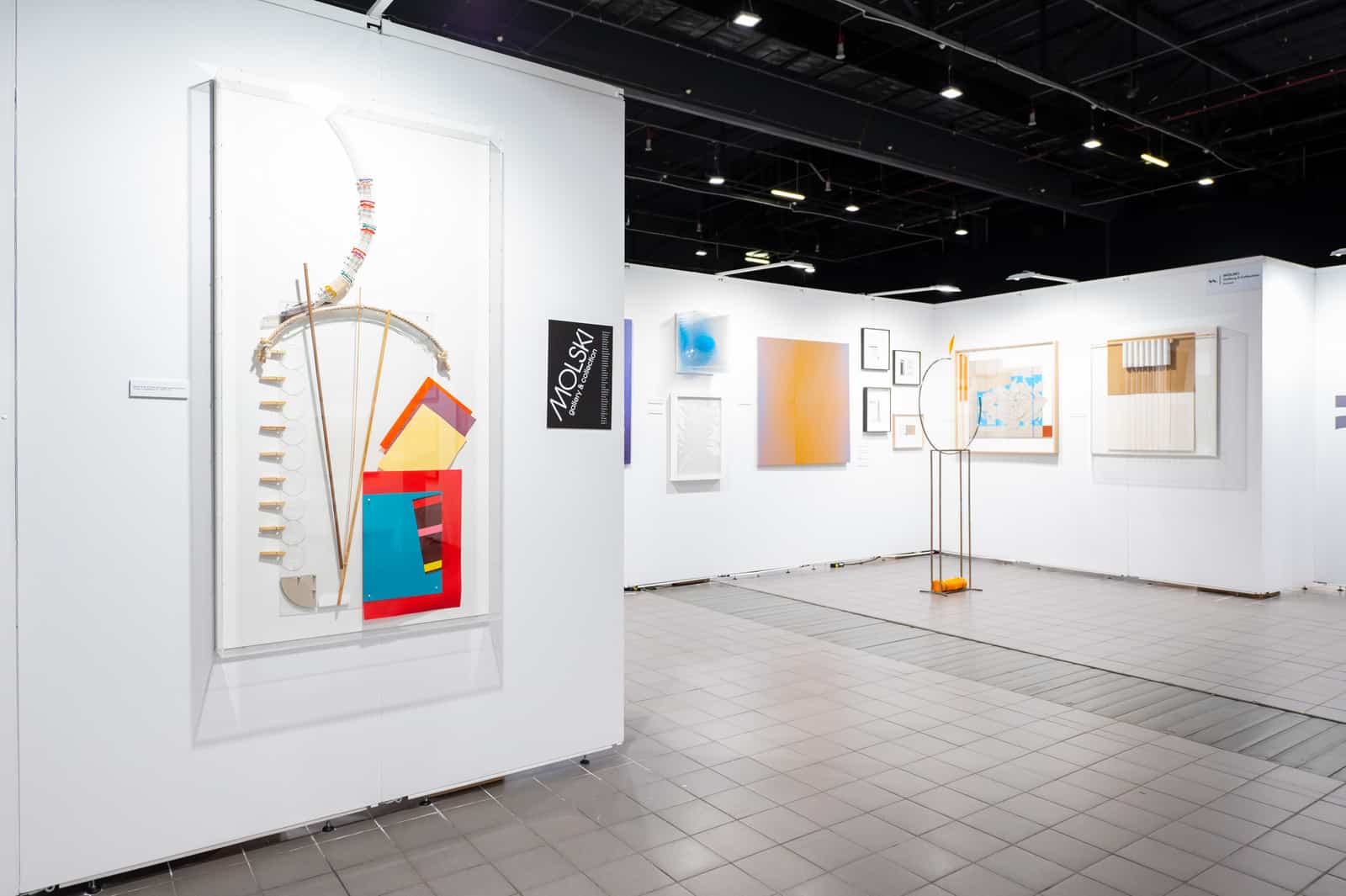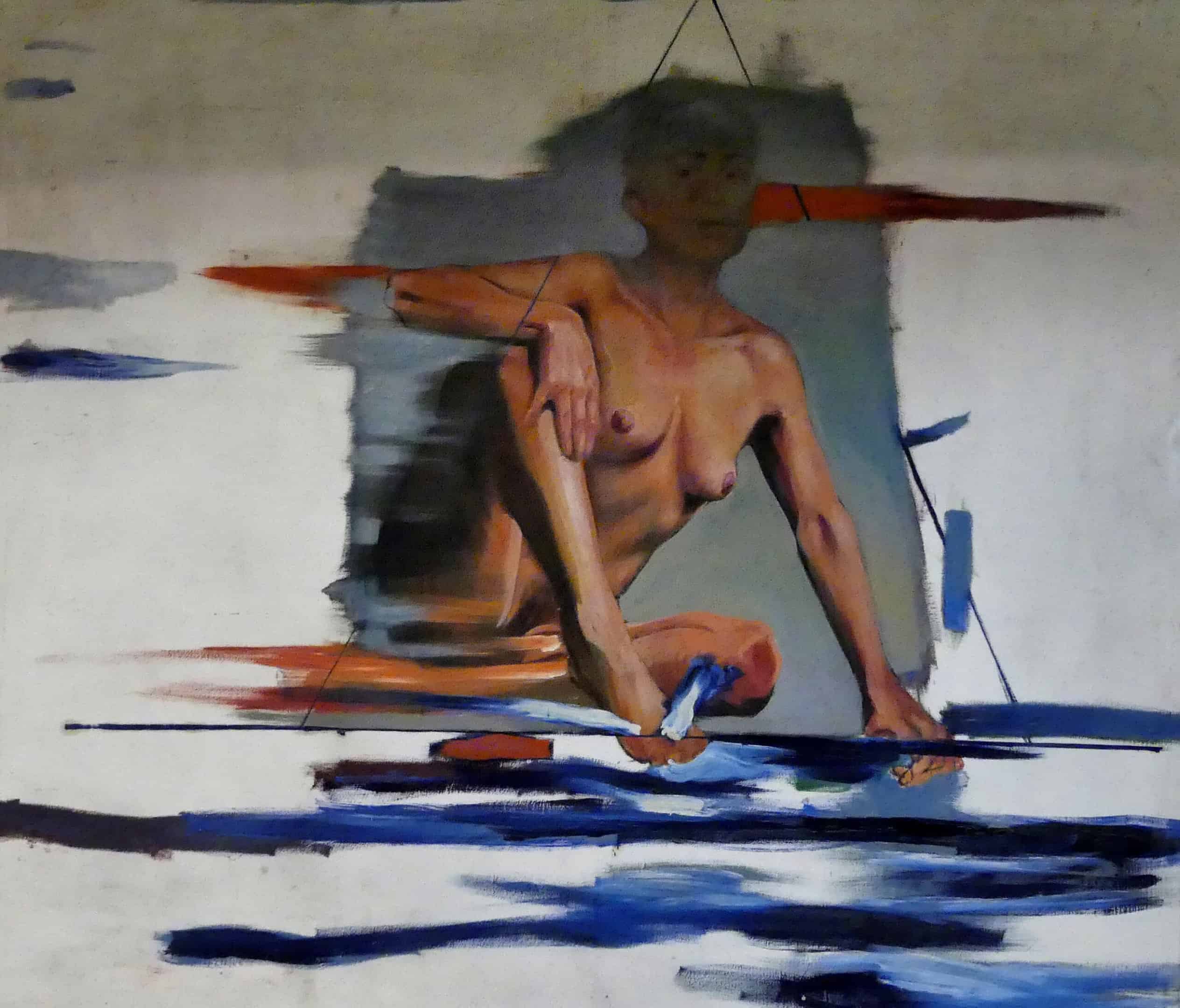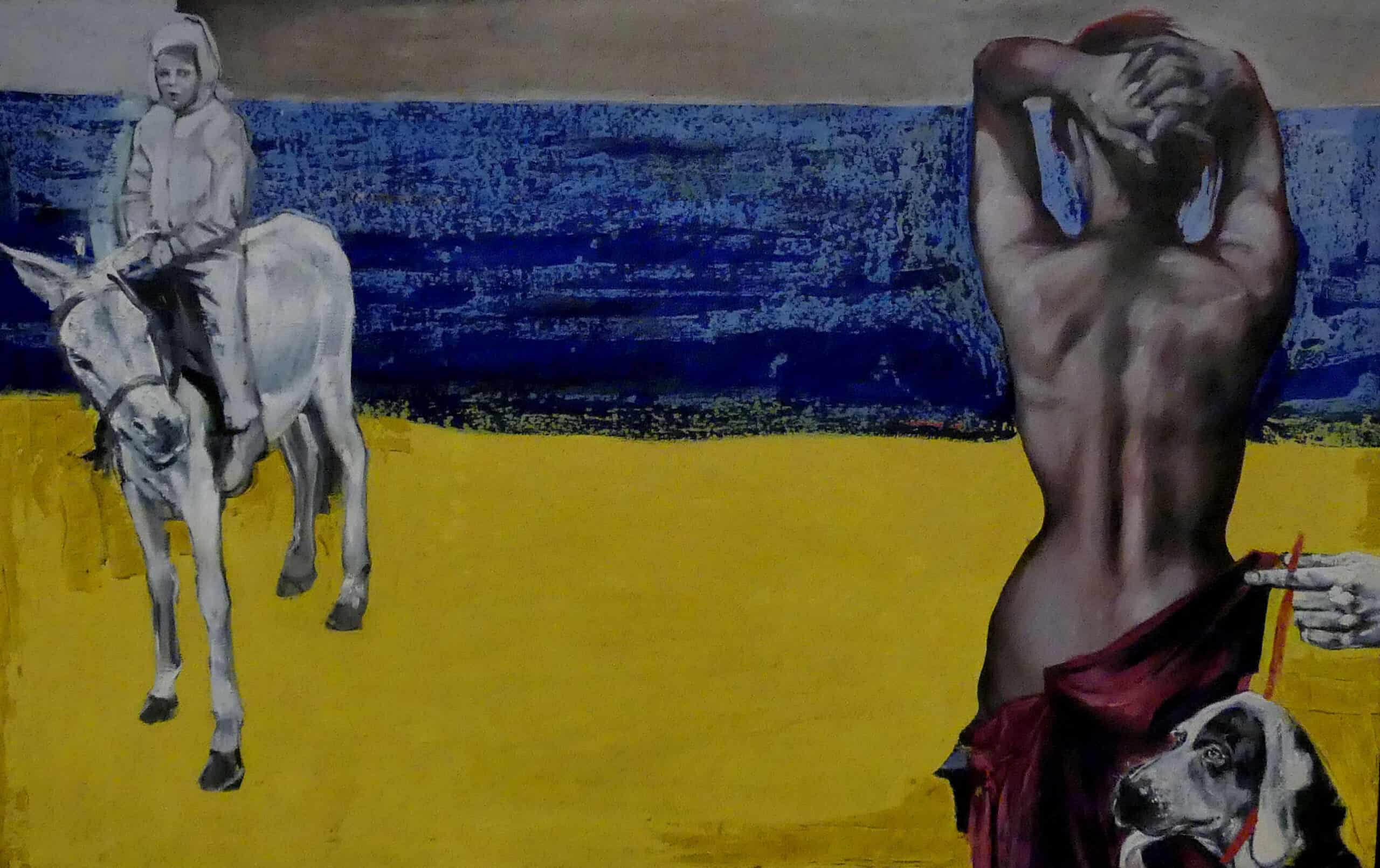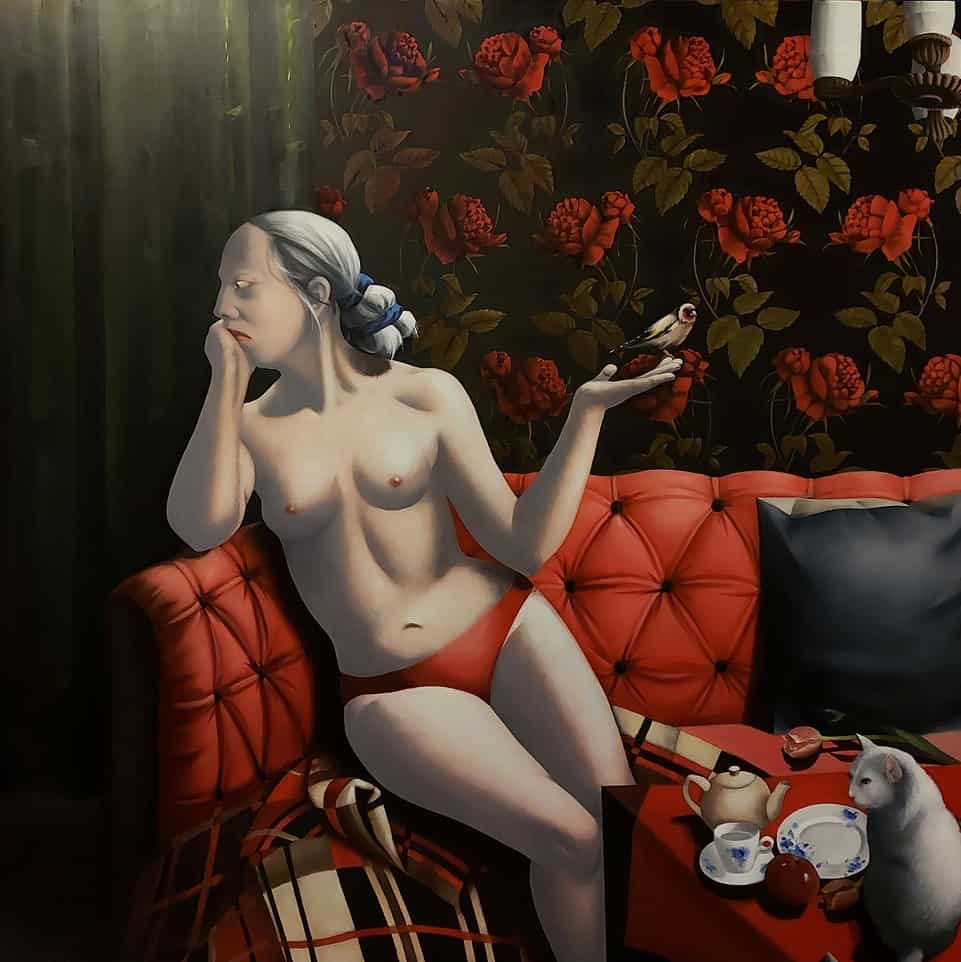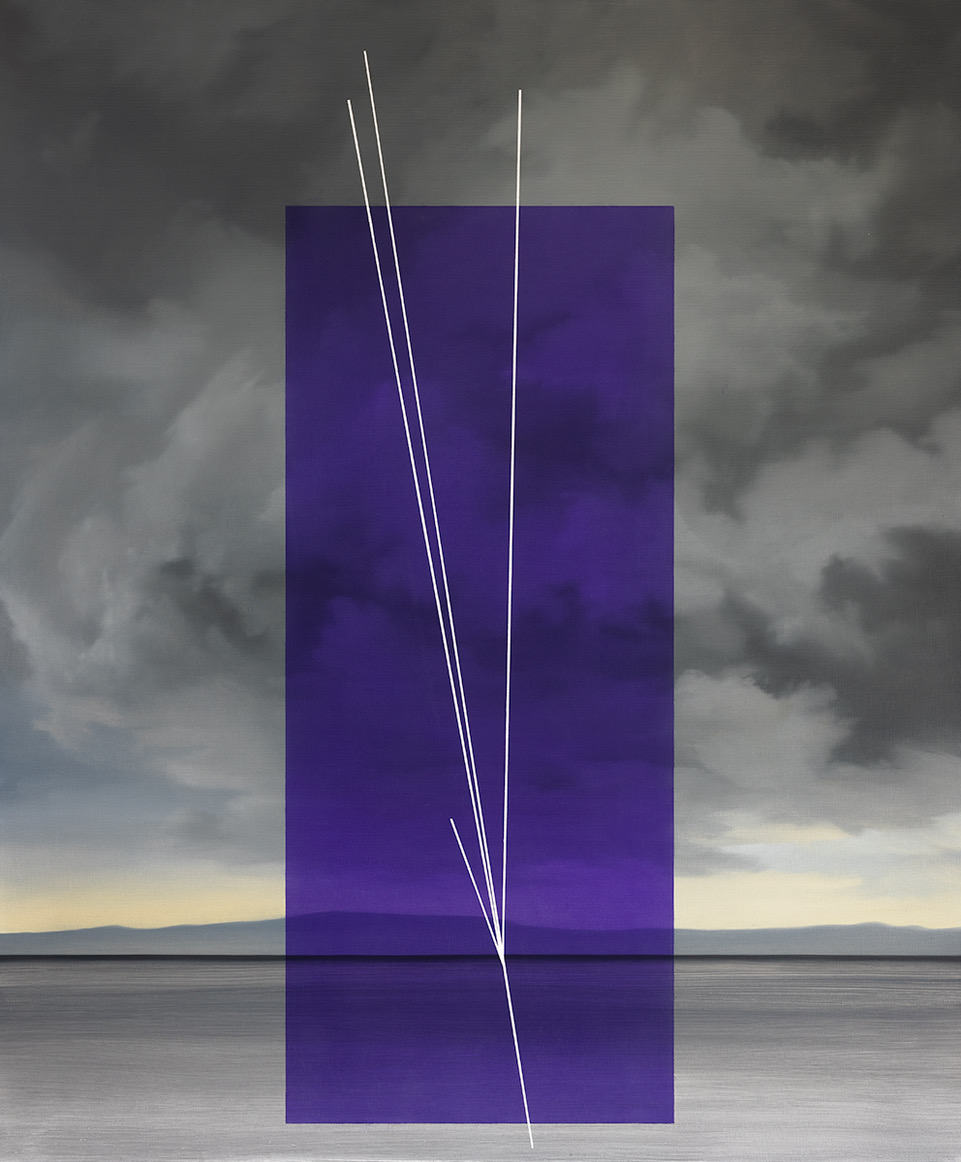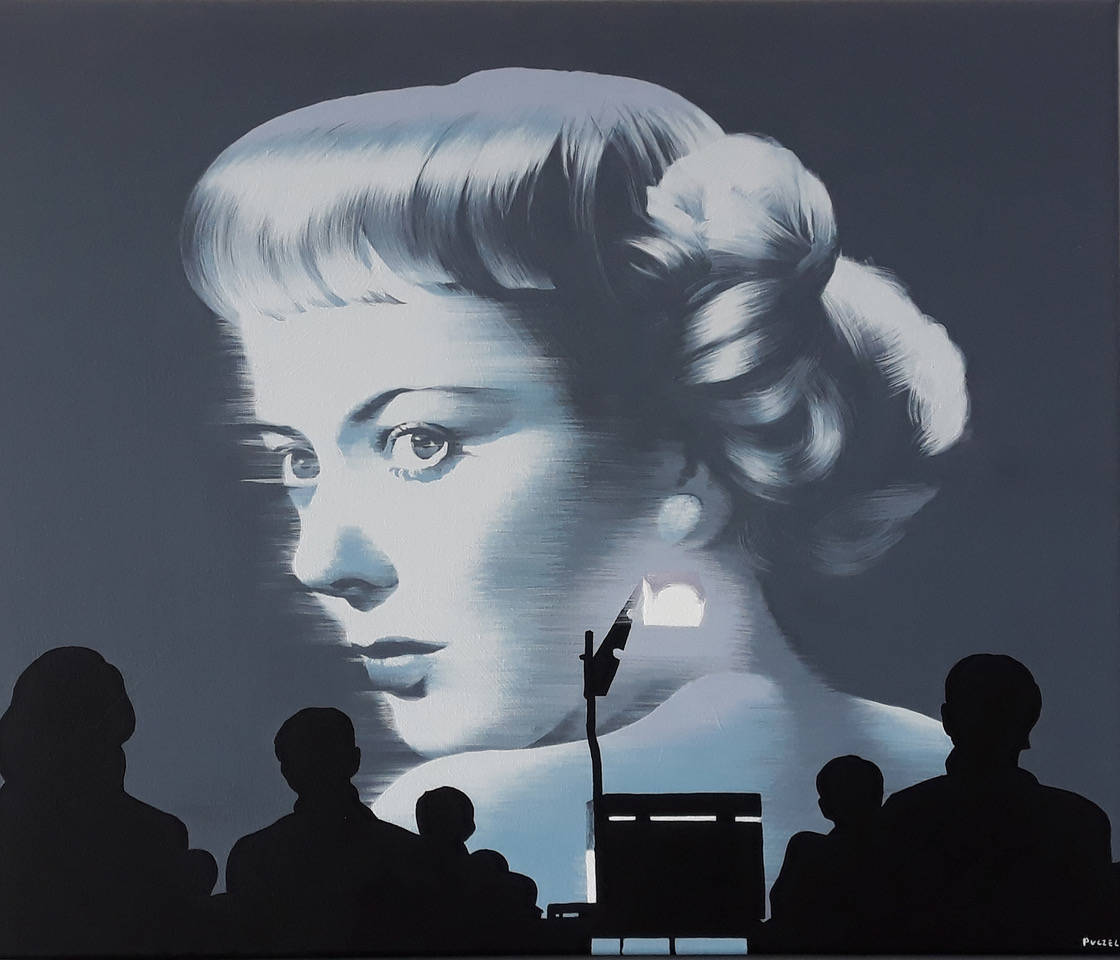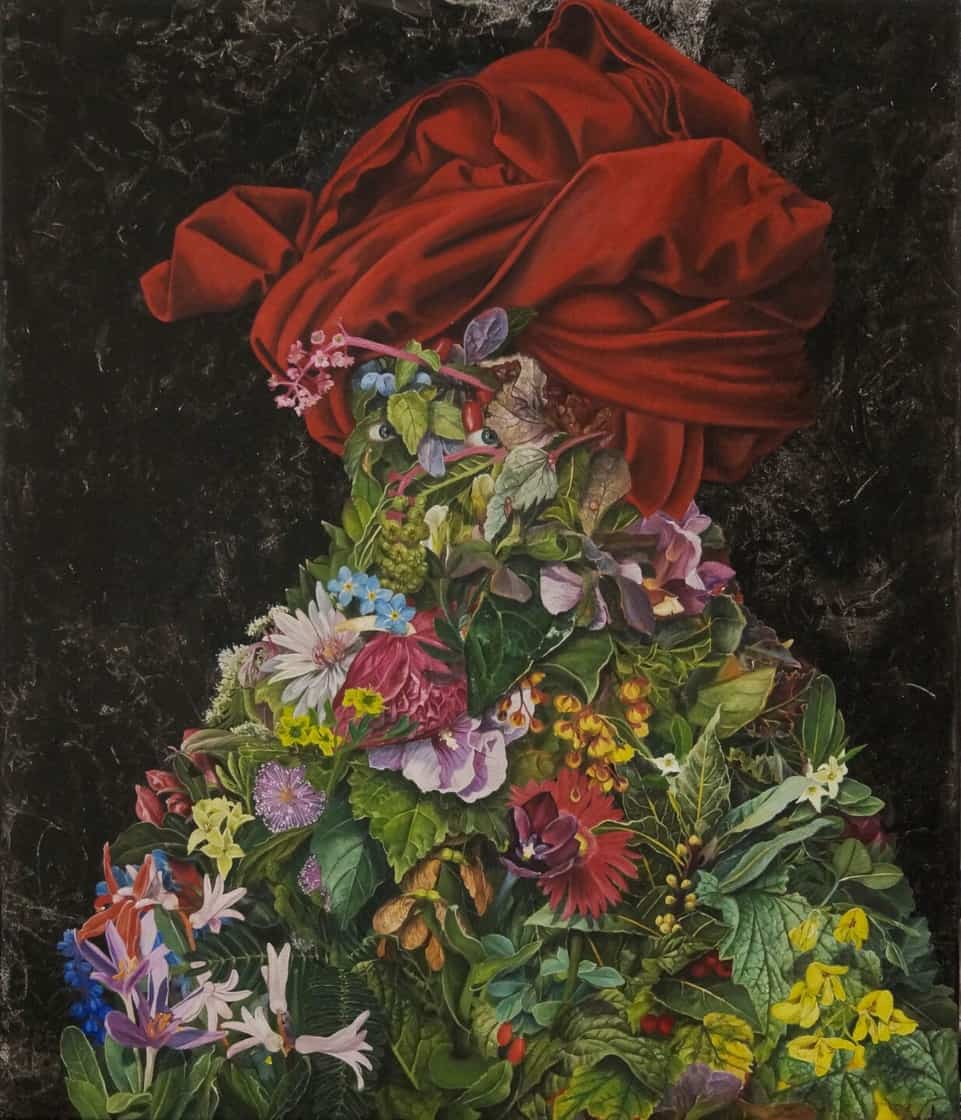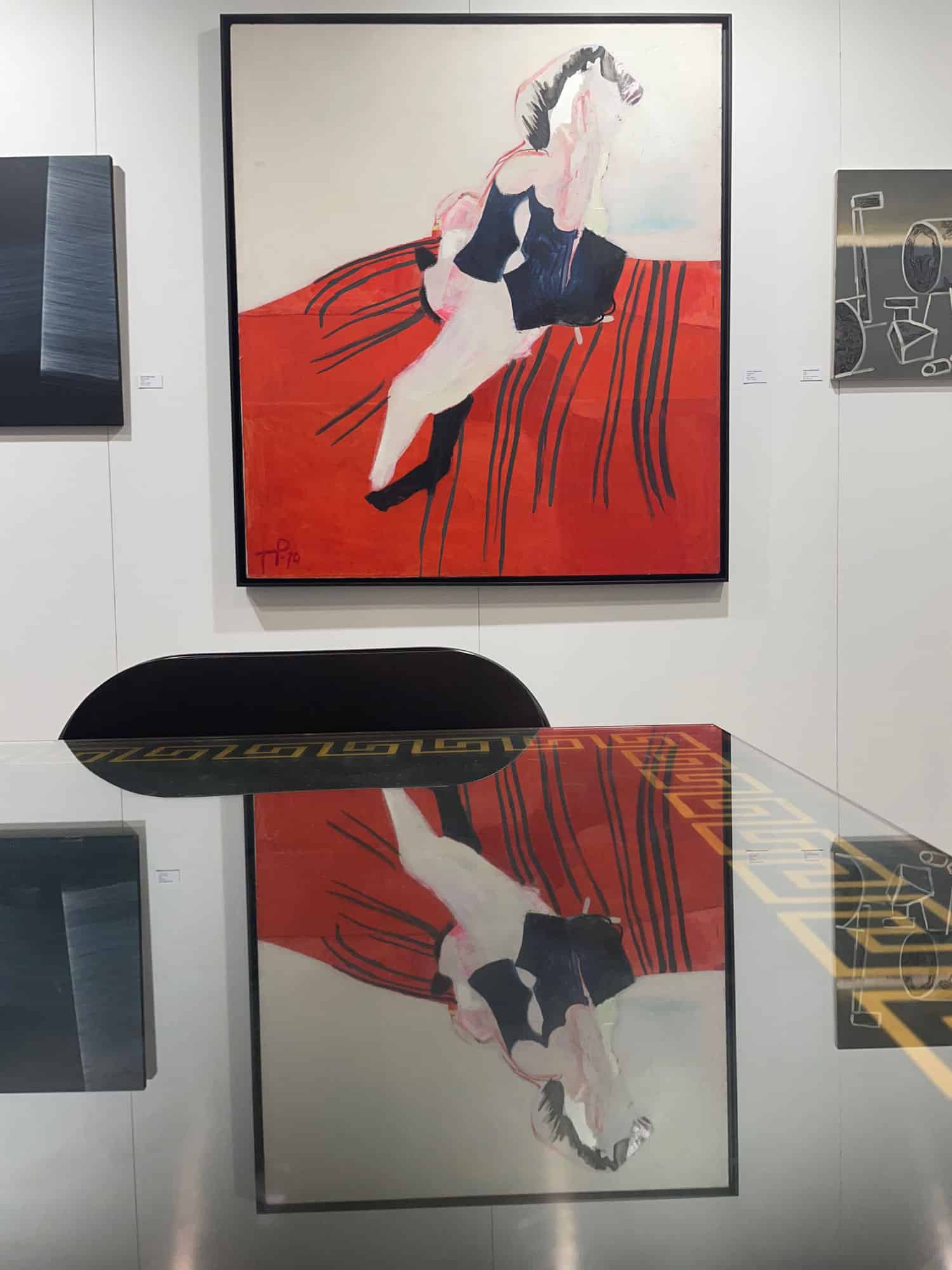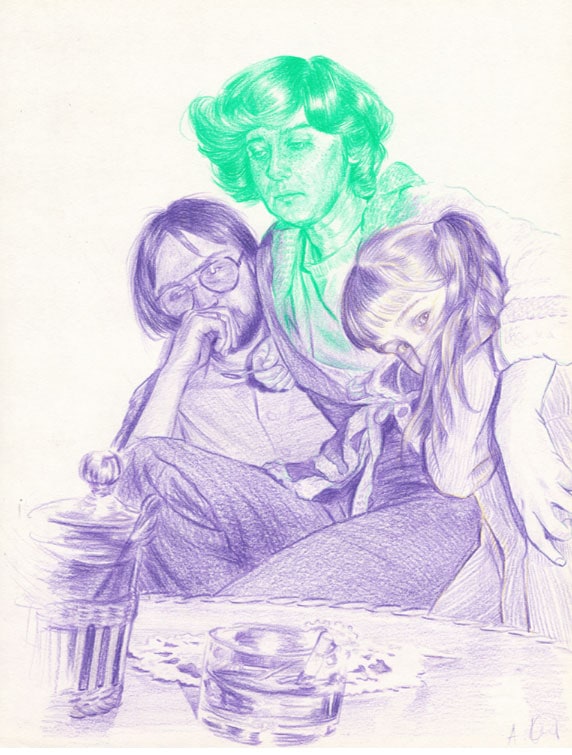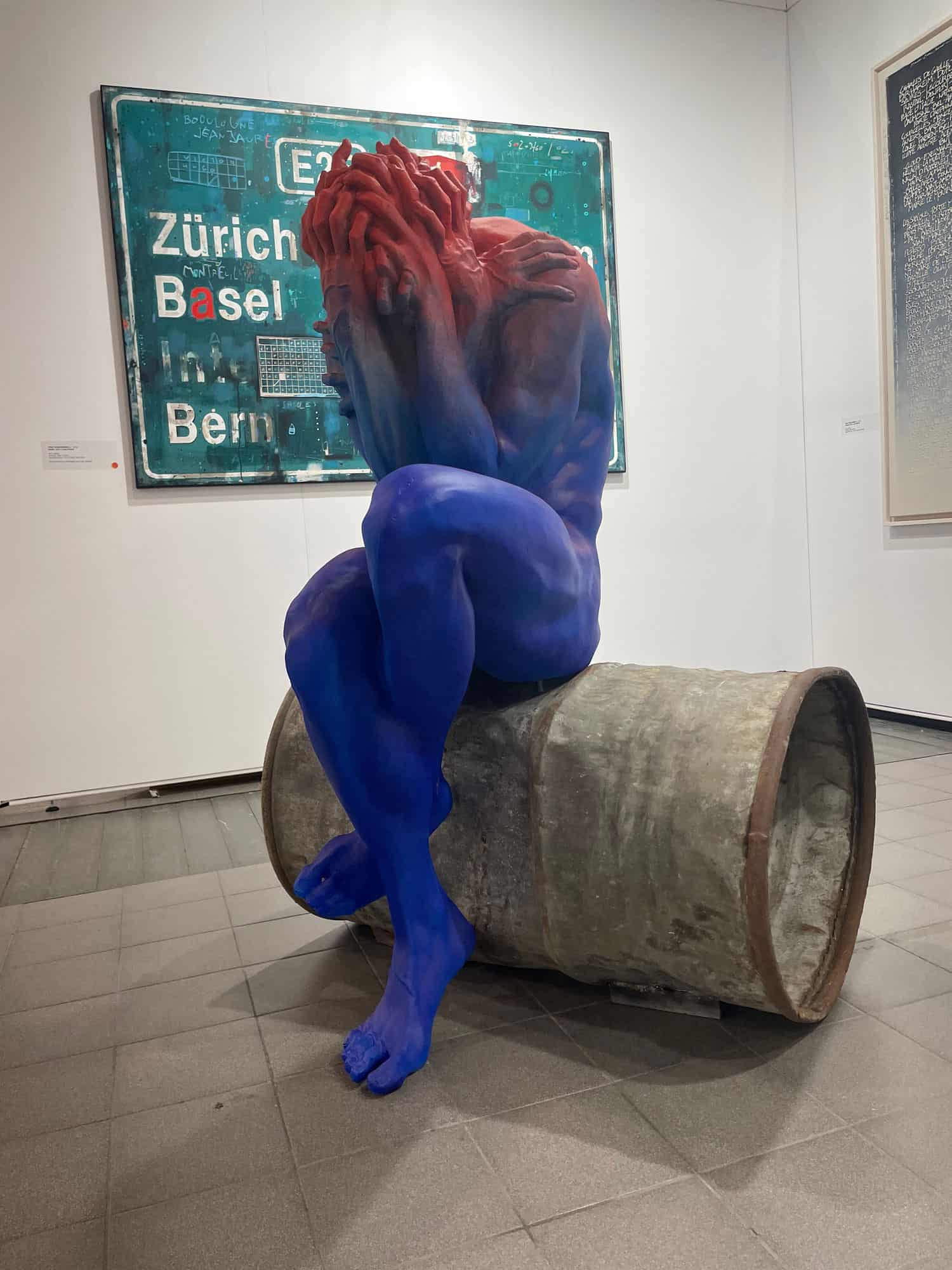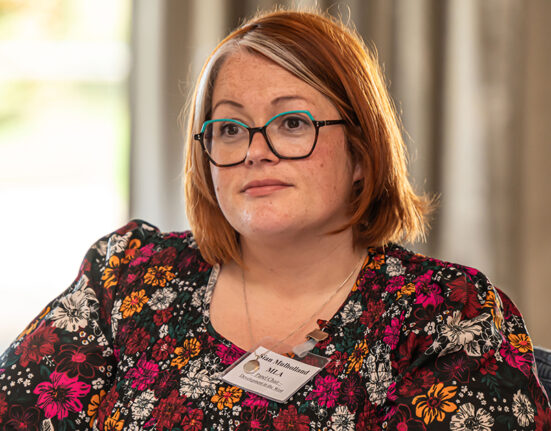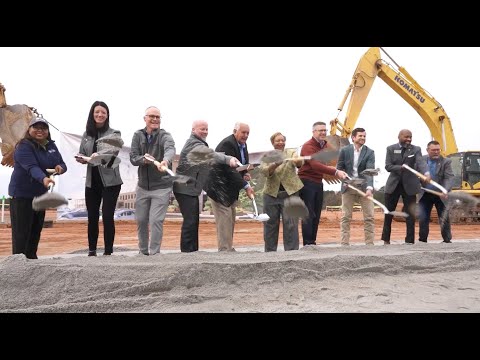Dobromiła Błaszczyk: The Fair is celebrating its 20th anniversary this year. What has made the Warsaw Art Fair (25-26 November 2023) such an important event in collectors’ calendars for years?
Kama Zboralska, Programme Director of the Warsaw Art Fair: It is the only place where it is possible to view both old and contemporary art. This year it will host over 100 exhibitors from across Poland. Selected galleries and antique shops always offer attractive programmes. The Programme Council of the Warsaw Art Fair, although examining the applications they have been sent, is most of all directed by an appropriate level of the proposed items and the visualisation of given stands. We are committed to maintaining high artistic and exhibition standards. We also prepare an interesting agenda for accompanying events. Last year, we were visited by over 10 thousand people in such a short time.
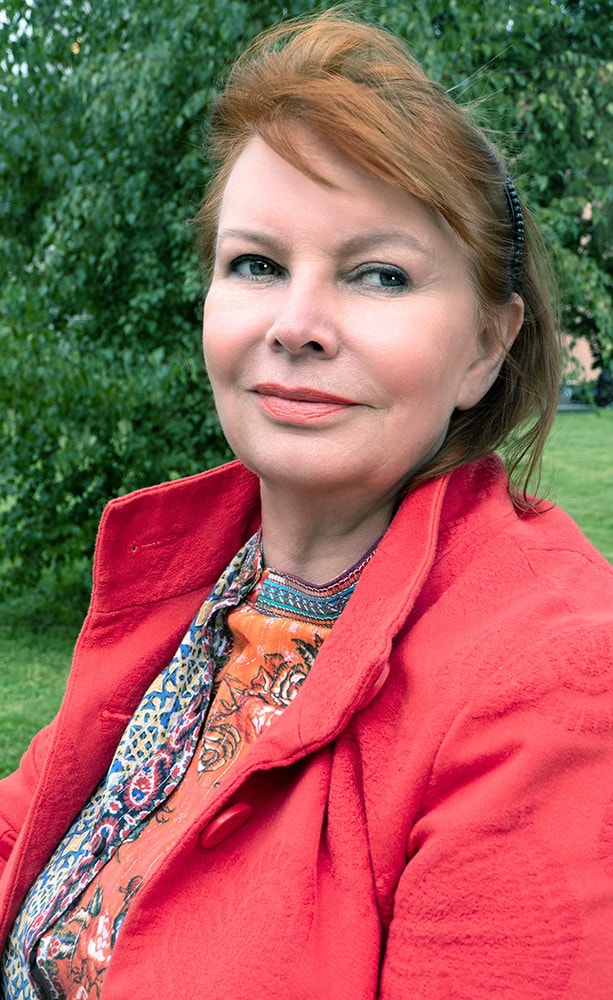

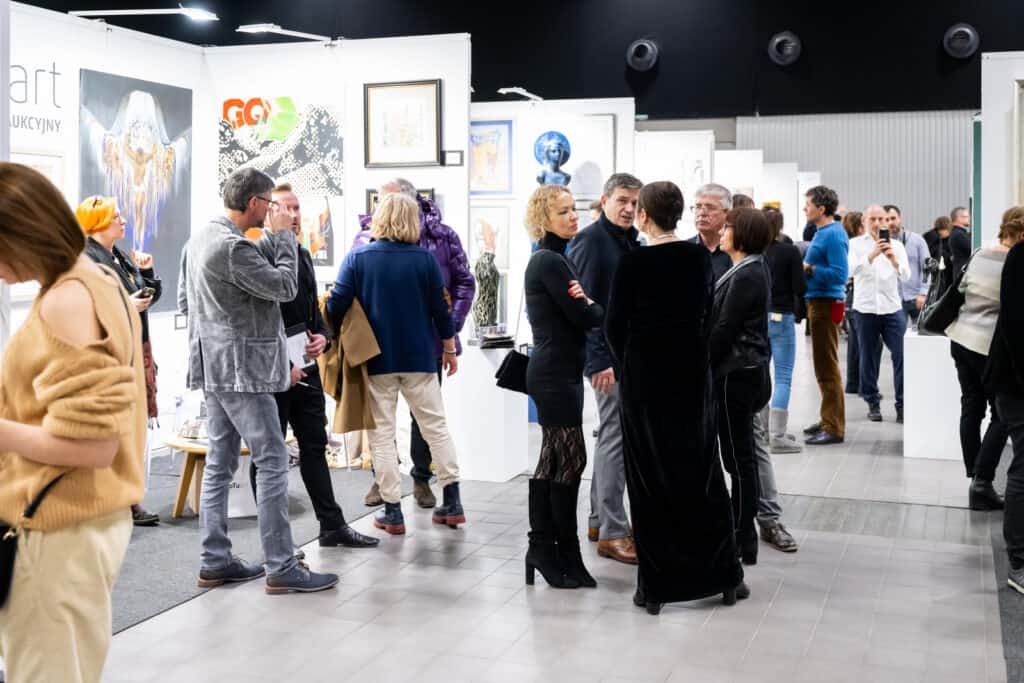

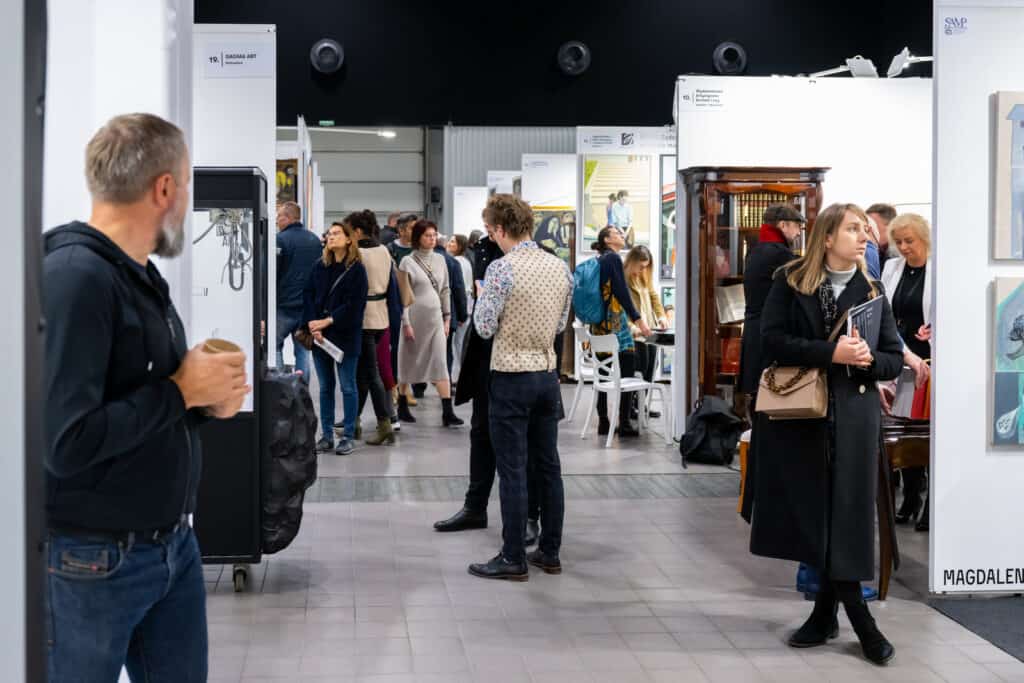

DB: The Fair saw a rapid development of the art market in Poland. What is the main driving force of the growth? Is it a good time to buy contemporary art, in your opinion?
KZ: The art market is governed by its own rules, and nobody would have expected such a high interest during the pandemic. Some people working online would try to catch up on some purchases they had been postponing, while others finally found time to search for something suitable for them, or were motivated by the need to uplift their spirits. There were various reasons. Besides, it is possible to note fashion for positive snobbery – owning works of art, which had not been so obvious until recently.
Going back to an appropriate moment to buy art, there is always such time. Neither company’s stocks nor gold bars have such added value as a painting or a sculpture, namely the chance to be close to beauty on a daily basis.
DB: You mentioned the pandemic. But in today’s post-pandemic times and the circumstances taking place for almost two years now behind our eastern border in Ukraine and the Israeli-Palestinian conflict, all activities aimed at fostering cooperation and demonstrating the power of community (especially in this region of Europe) are particularly vital. What does the strengthening of relations through culture and art mean in this context? How does art and culture enhance the sense of unity?
KZ: Culture, and art in particular, should be a platform for mutual understanding in these turbulent times, not with standing the colour of skin, sexual orientation, and religion. After all, we all share similar emotions and feelings. The need for freedom and respect for another human being. A lot of artists express a protest against aggressive politics. It is a certain kind of fight for freedom and restoring the core values of humanism.
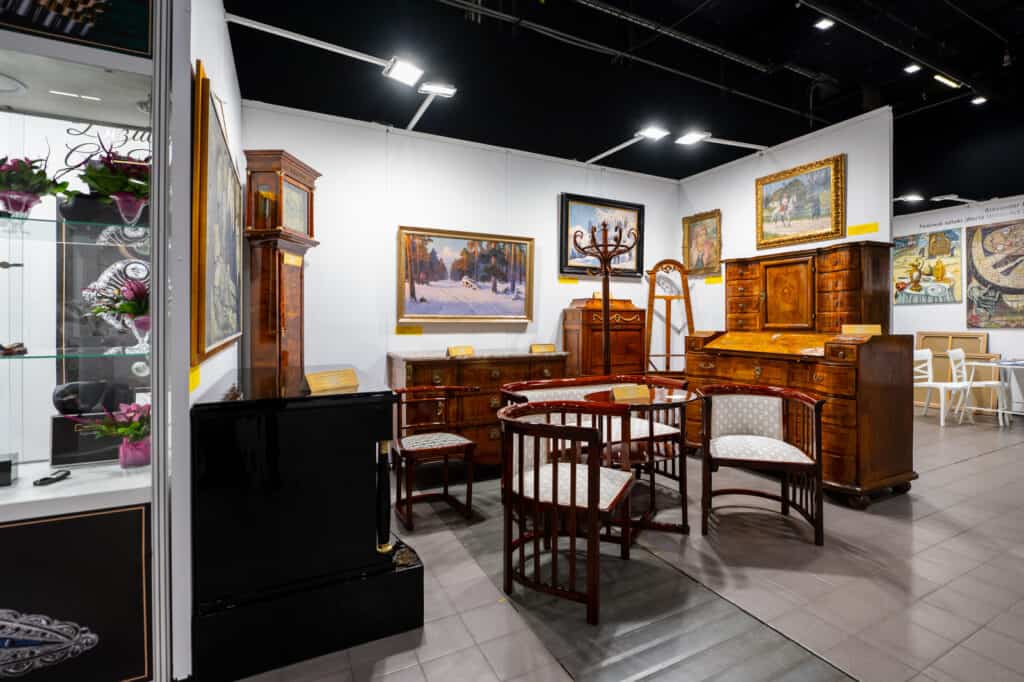

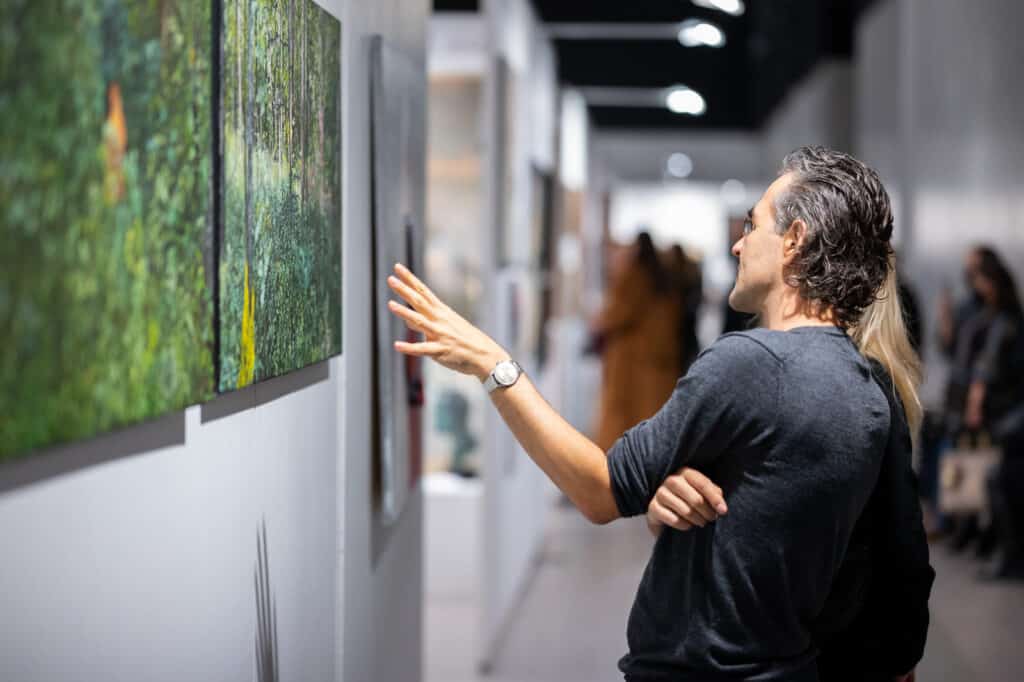

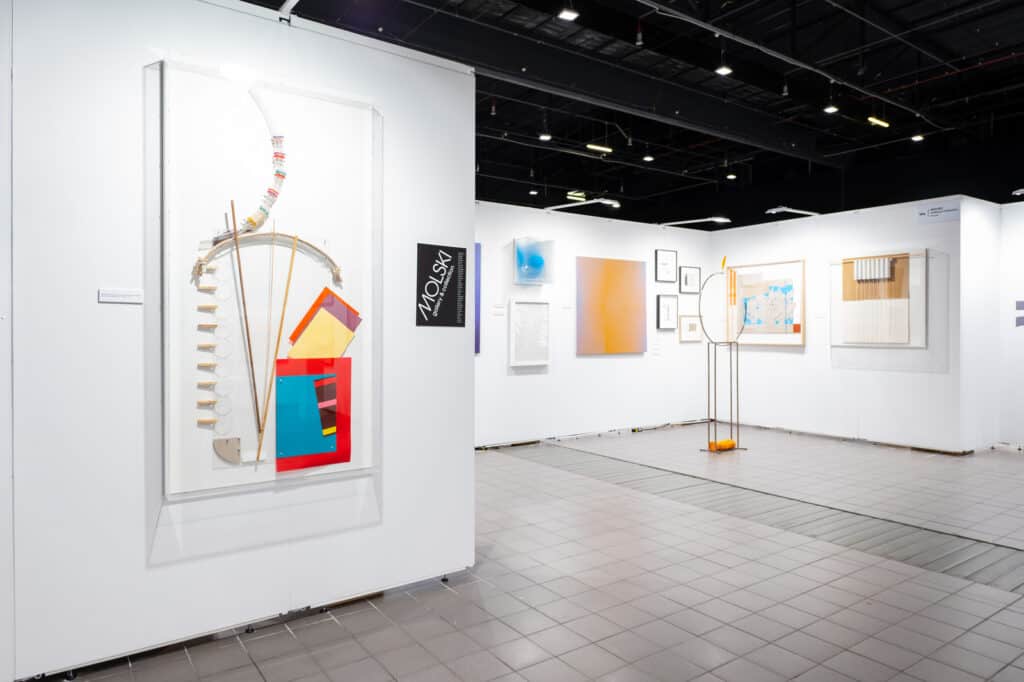

DB: We are currently facing a potential global financial crisis and a crisis related to living expenses. In your view, how will it affect art fairs in terms of the purchase volume and the type of art to be showcased?
KZ: It’s hard to predict. I think that high-end art will be able to defend itself. There will always be people willing to buy high-quality art. Higher costs of living will also influence the choices of those who could previously afford young artists’ works, as they were obviously cheaper.
DB: What type of art has the greatest share in galleries at the moment and why?
KZ: Contemporary art is multimedia art, and there is no single leading trend. Some artists draw from their own experiences and emotions. Others call for rescue for our planet that continues to be devastated, which might lead to further disasters. There is a lot of feminist art, as women still need to fight for equal rights. We have works being created with the use of various materials and diverse styles. There is a group of galleries that specialise in contemporary art classics, while others promote young artists.
DB: Do you expect a lot of new collectors to visit the art fair? Do you know what art they are likely to be looking for?
KZ: There will surely be new collectors, as this group is growing year by year.
What will they be looking for? To tell you the truth, the Fair will show. It all depends on their preferences, their wallets and their approach to the purchase, whether investment is their primary motivation or if their choices are dictated by the call of their hearts.


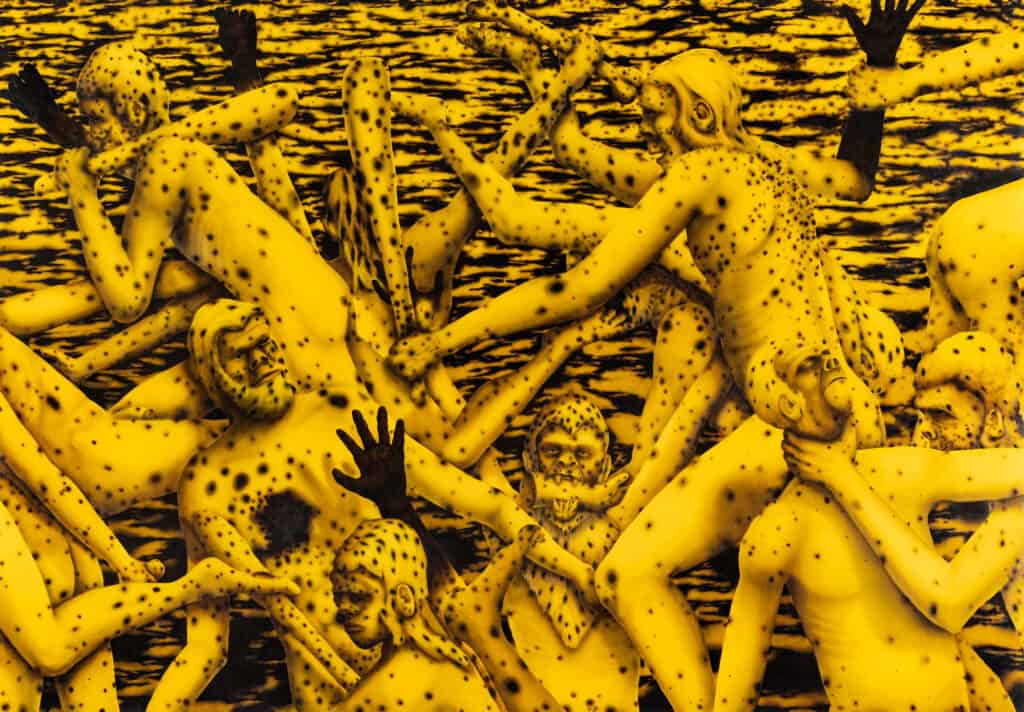

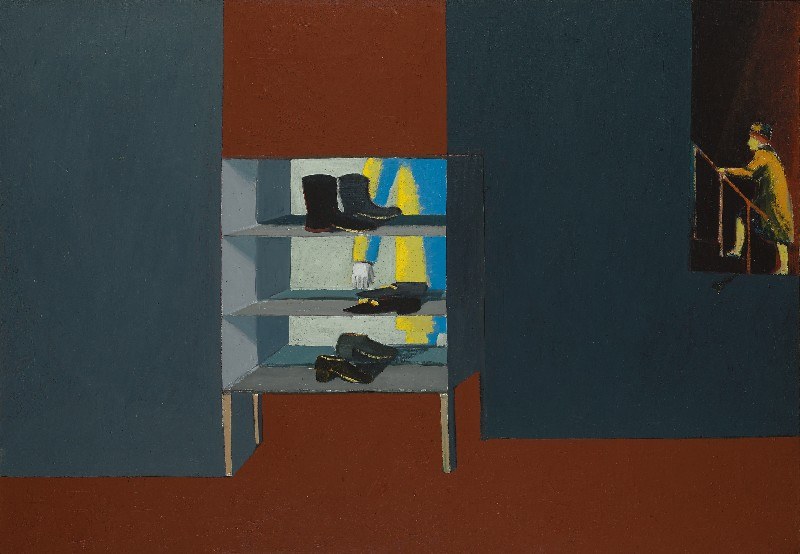

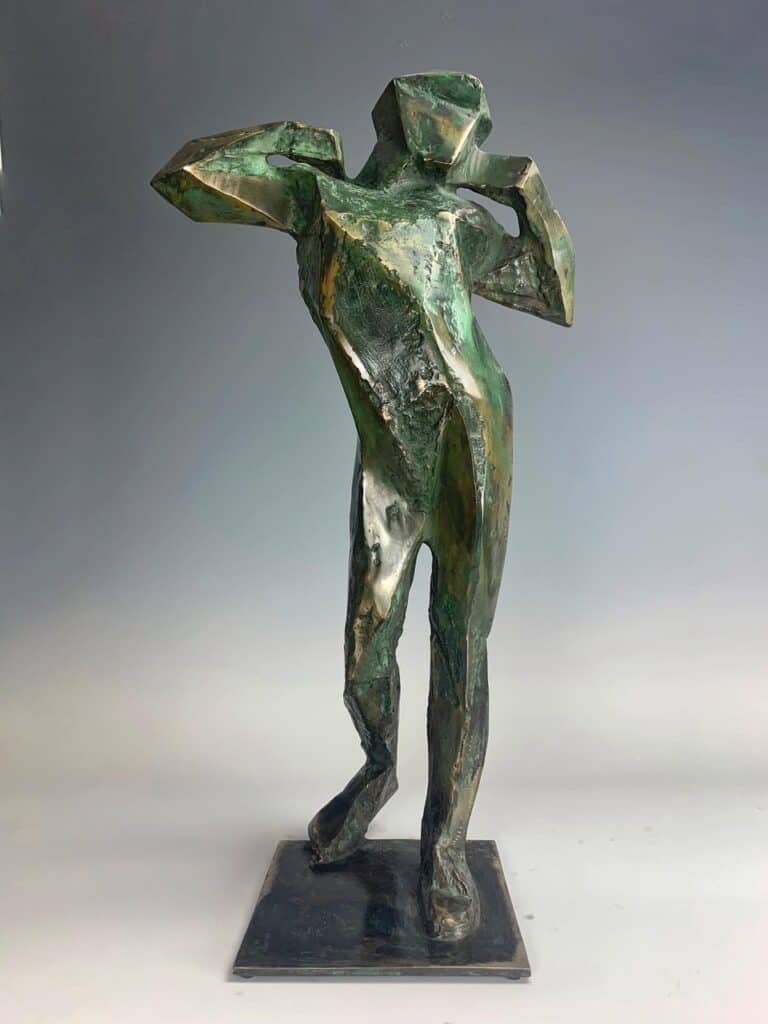

DB: How to attract new art buyers in the present circumstances? Is there any advice you would like to share with our readers and gallery owners?
KZ: Through education. Showing diversity and guaranteeing that it is art at an appropriate level. Remember that art is a long-term investment, and you can’t get a high profit the next day, as some are trying to convince us. Reality checks often discourage investors from allocating their funds to a painting or sculpture. Besides, you also invest in yourself.
DB: Can you tell us a bit about the artists we will see this year at the Warsaw Art Fair?
KZ: This year, our exhibitors are offering works by contemporary art classics, for example Nowosielski, Fangor, Kantor, Dróżdż, Fijałkowski, Tarasin, Kuryluk, and Hałas. There will be household names, of course – Leon Tarasewicz, Ryszard Grzyb, Rafał Olbiński, Siudmak, Krzysztof Skarbek, Beata Ewa Białecka. And younger generation representatives – Łukasz Patelczyk, Dawid Czycz, Agnieszka Apoznańska, Monika Misztal. Old masters include, for example, Bolesław Biegas, Witkacy, and Matejko. For years, the Fair has been a great occasion to showcase the works of outstanding creators, such as Jacek Malczewski, Wojciech Fangor, Tadeusz Dominik, Tadeusz Kantor, Witkacy, and Magdalena Abakanowicz. This year we are planning to present the extraordinary paintings by Jacek Siudziński and sculptures – portraits of renowned artists made of wood by Józek Nowak, and bronze and marble sculptures by Antoni Janusz Pastwa, author of the four-horse chariot on the Grand Theatre building.
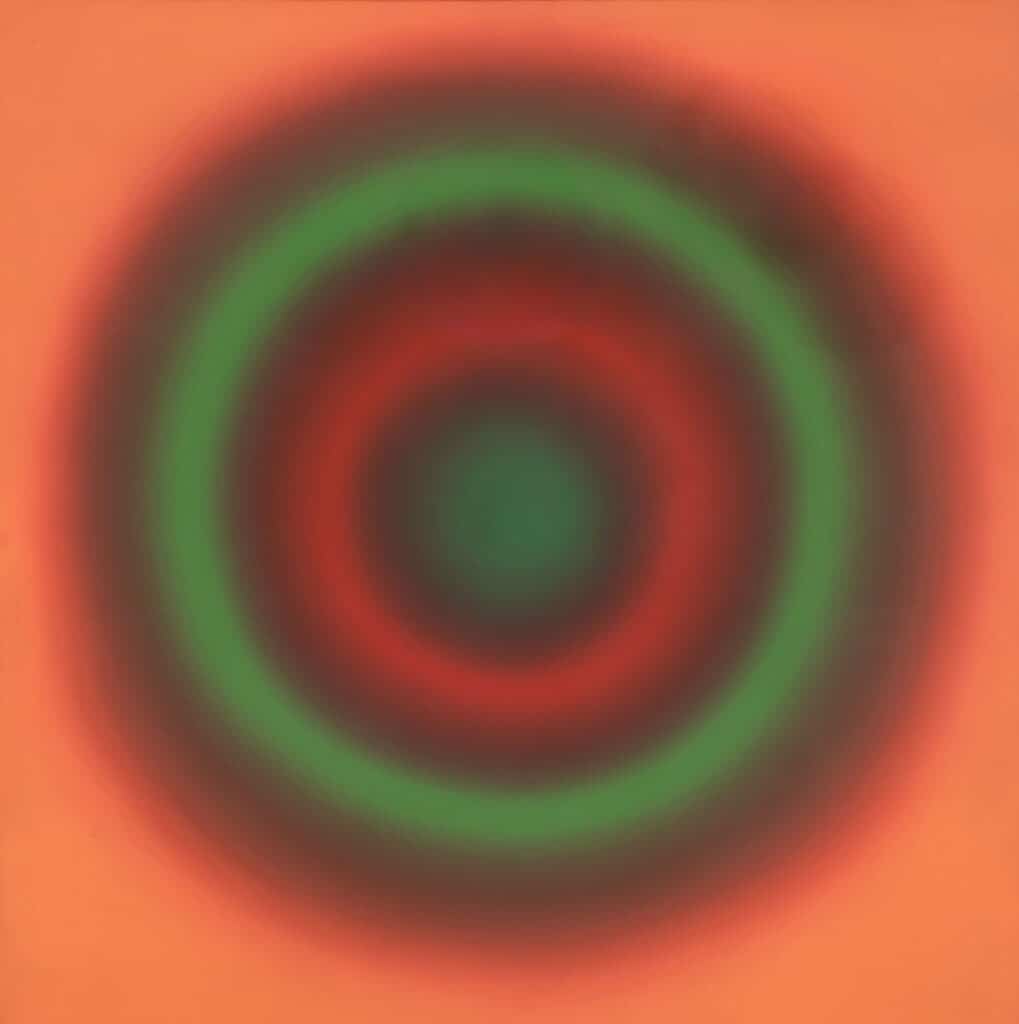

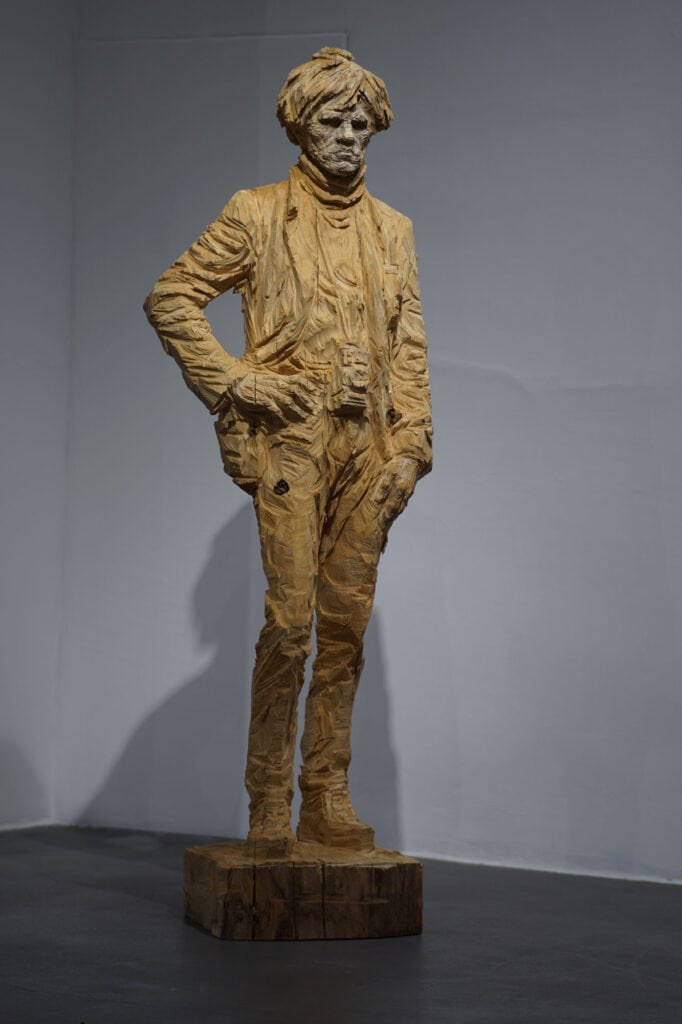

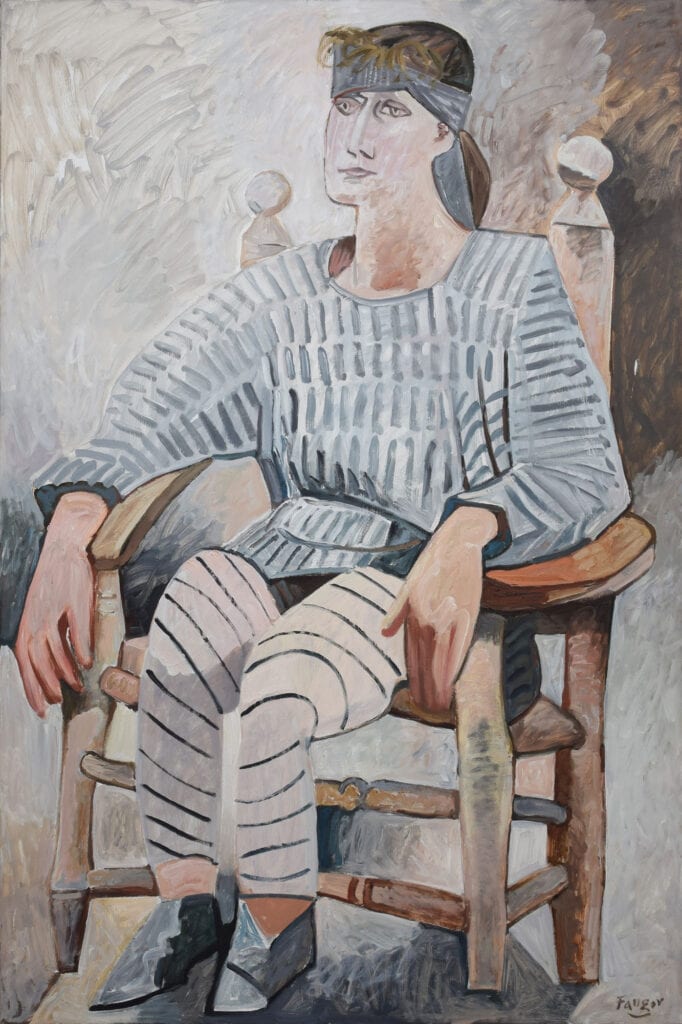

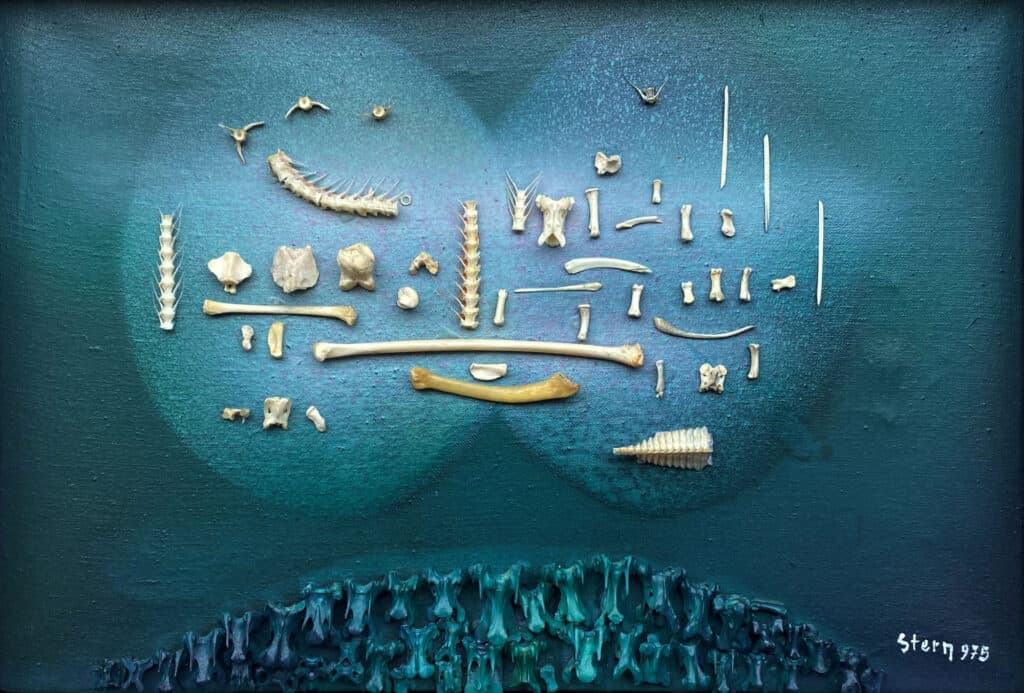

DB: The Fair is accompanied by an agenda of panels and discussions. Which ones shouldn’t we miss?
KZ: This is a tough one. There will be discussions about sculptures, posters, and rankings that are to facilitate moving around the art market. We are planning meetings with Jerzy Bralczyk and Marisa Łempicka, Tamara Łempicka’s great-granddaughter. Last but not least, to celebrate the 20th anniversary of the Warsaw Art Fair, the initiators and owners of the event, Marek and Piotr Lengiewicz, will remind us about the beginnings of the Fair, the emergence of our art market and the first auctions. As you can see, it is not an easy choice, and it’s best to take part in all the events.
DB: Thank you for this conversation and see you at the fair.
